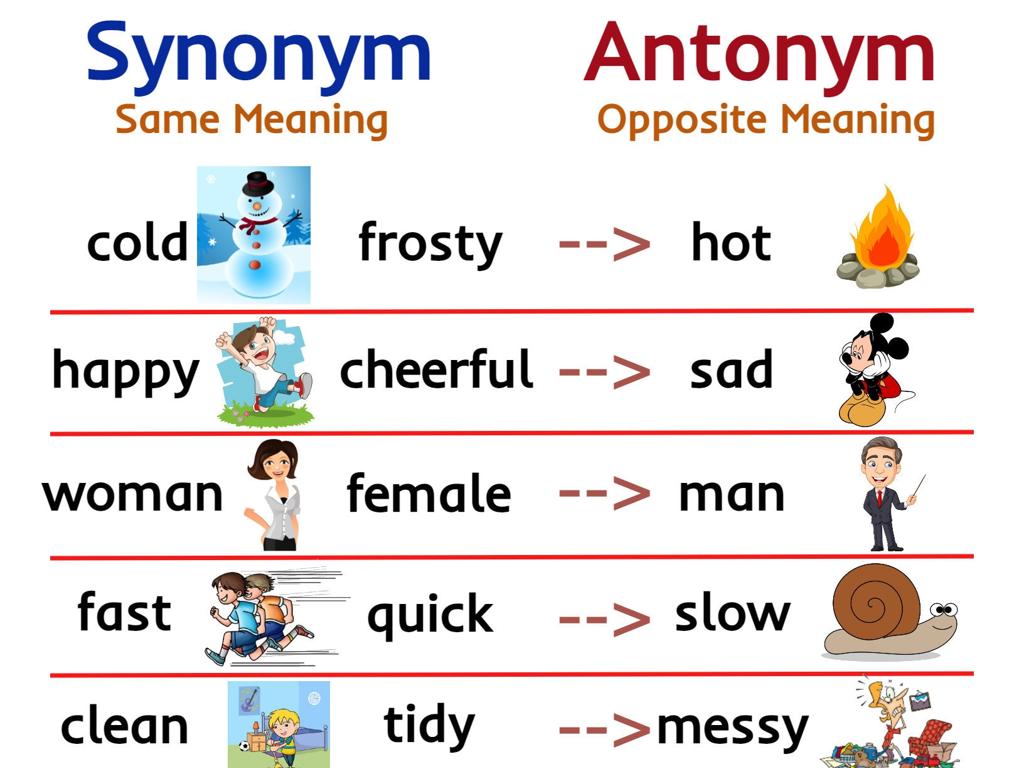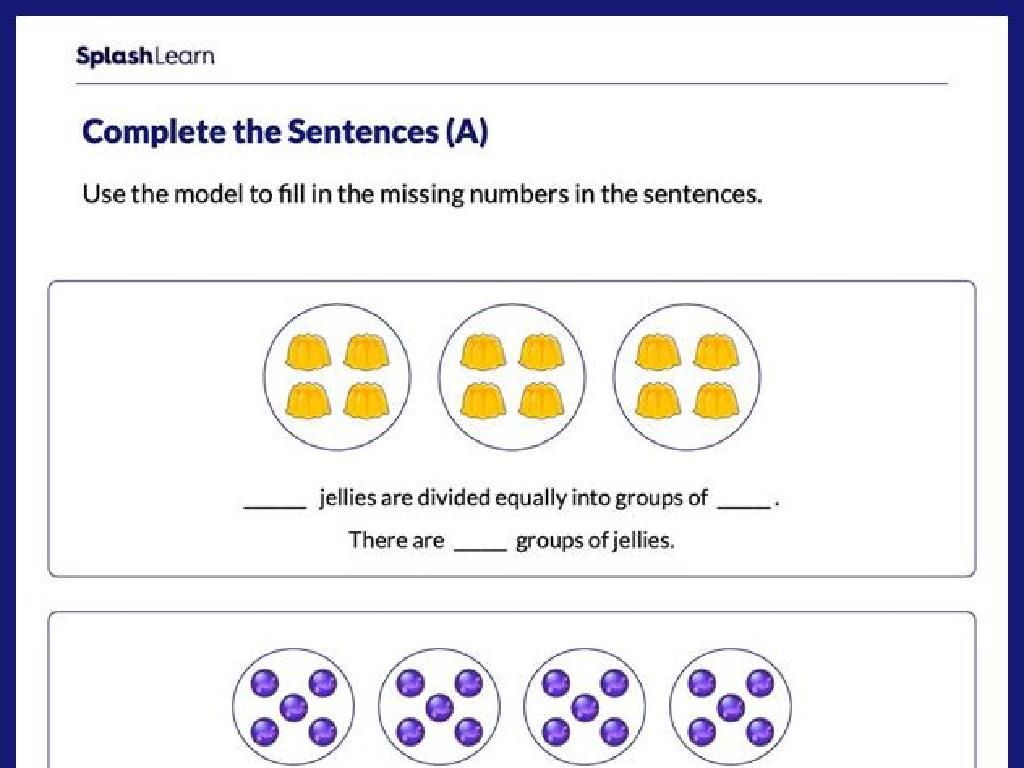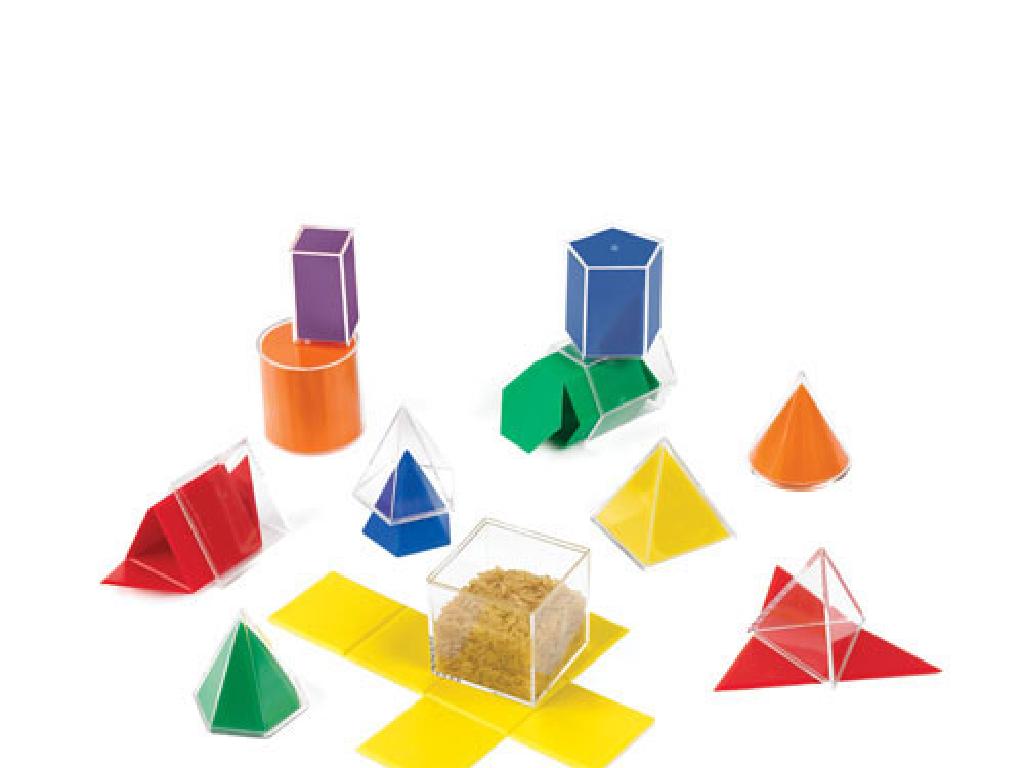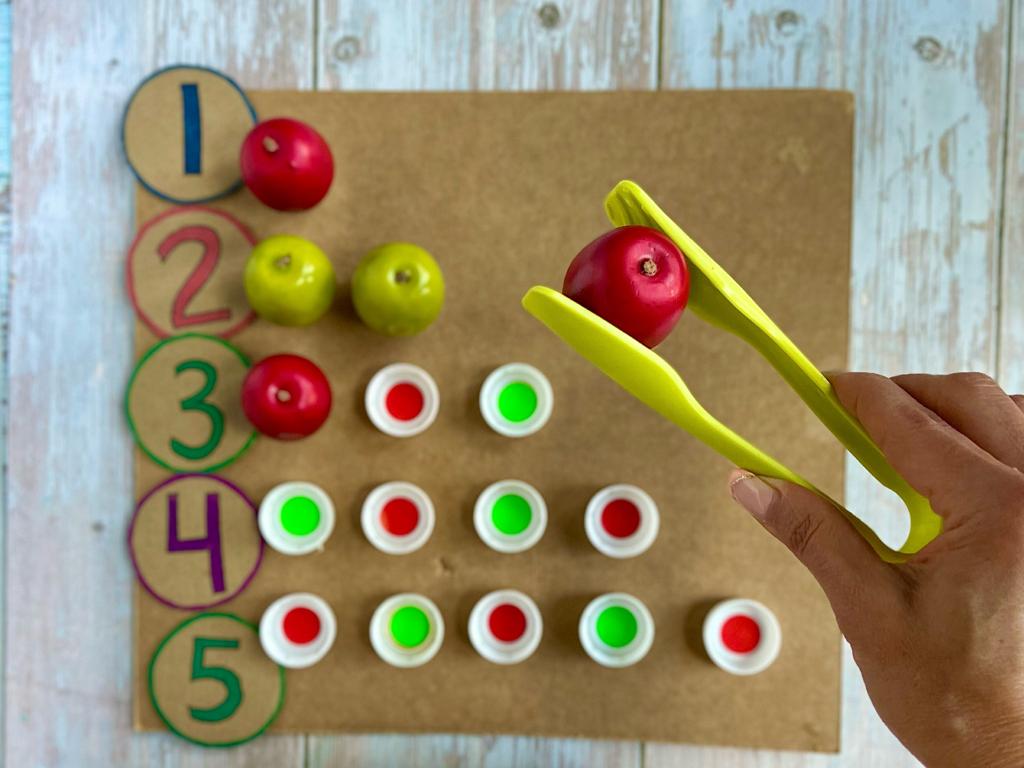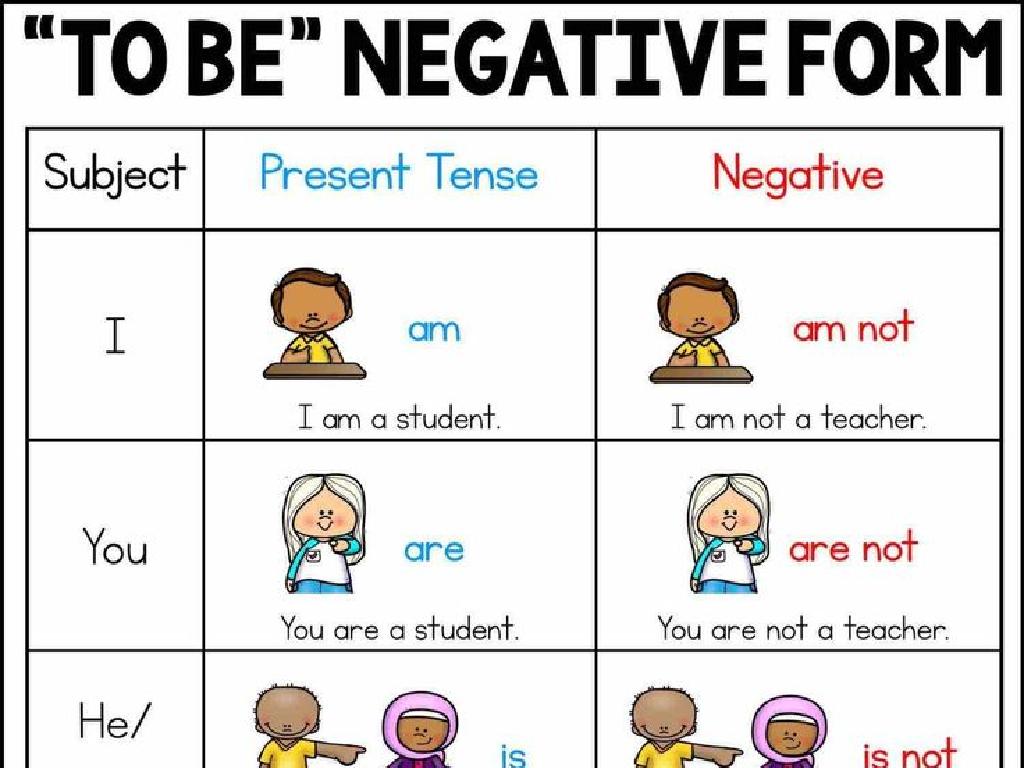Find Two Numbers Based On Sum And Product
Subject: Math
Grade: Fourth grade
Topic: Mixed Operations
Please LOG IN to download the presentation. Access is available to registered users only.
View More Content
Math Adventure: Sum & Product
– Welcome to our Math Adventure!
– Mixed Operations: Add, Subtract, Multiply, Divide
– Operations combine to solve problems
– Today’s Focus: Sum & Product Mystery
– Use clues to find two numbers
– Finding two mystery numbers
– Example: Sum is 10, Product is 24, what are the numbers?
|
This slide introduces students to the concept of mixed operations, which are the building blocks of mathematics. The focus is on an engaging challenge where students use addition and multiplication to find two numbers that add up to a specific sum and multiply to a given product. This exercise enhances problem-solving skills and understanding of the relationship between operations. Encourage students to think of the sum and product as clues in a mystery that they have to solve. Provide examples and guide them through the process of checking their answers by both adding and multiplying the numbers to see if they fit the given sum and product.
Finding Numbers by Sum and Product
– Understanding ‘Sum’: Adding numbers
– Sum is the result of addition
– Understanding ‘Product’: Multiplying numbers
– Product is the result of multiplication
– Example of a ‘Sum’: 4 + 3 = 7
– Adding 4 and 3 gives us 7
– Example of a ‘Product’: 4 x 3 = 12
– Multiplying 4 and 3 gives us 12
|
This slide introduces the basic concepts of sum and product, which are foundational for understanding mixed operations in mathematics. Start by explaining that the sum is what you get when you add two numbers together. Use simple examples like 4 + 3 to illustrate this point. Then, explain that the product is the result of multiplying two numbers. Again, use simple numbers, such as 4 x 3, to show how multiplication works. Encourage students to think of their own examples and to practice both addition and multiplication to become comfortable with finding sums and products. This will prepare them for more complex problems where they will need to find two numbers based on their sum and product.
Exploring Number Relationships: Sum and Product
– Relationship of sum and product
– Sum is the result of adding numbers; product is the result of multiplying them.
– Using clues to find numbers
– Example: Sum is 10, product is 24
– What two numbers add up to 10 and multiply to 24?
– Solving the number puzzle
– Use math clues to find the numbers that fit both conditions.
|
This slide introduces students to the concept of finding two numbers when given their sum and product. Start by explaining that the sum is what you get when you add two numbers together, and the product is what you get when you multiply them. Present the example where the sum is 10 and the product is 24, and ask the students to think of two numbers that could make up these conditions. Guide them through the process of checking different number pairs that add up to 10 and then seeing if those same numbers multiply to give 24. The answer to the example is the numbers 4 and 6. Encourage students to use trial and error and to work in pairs or groups to find the solution. This activity helps reinforce their understanding of addition and multiplication within the context of mixed operations.
Strategies to Find Numbers by Sum & Product
– Guess and Check method
– Make an educated guess, adjust based on sum/product
– Form equations with sums
– Set up equations: x + y = sum and xy = product
– Use factors to find pairs
– List factors of the product, find the pair that adds up to the sum
|
This slide introduces students to different strategies they can use to solve problems where they need to find two numbers based on their sum and product. The ‘Guess and Check’ method involves making an educated guess of the two numbers and then checking if the sum and product match the given conditions, adjusting as necessary. ‘Creating Equations’ requires setting up two equations based on the sum and product and solving them simultaneously. ‘Using Factors and Pairs’ involves listing all the factor pairs of the product and then identifying which pair adds up to the given sum. Encourage students to try each strategy with simple examples and understand that some strategies might be more efficient depending on the problem.
Finding Numbers by Sum & Product
– Solve: Sum is 11, Product is 24
– Let’s find two numbers that add up to 11 and multiply to 24
– Discuss solving strategies with a partner
– Think about what pairs of numbers multiply to 24 and try adding them
– Share your methods with the class
– Explain your thought process and listen to others
– Understand different approaches
|
This slide is designed for a collaborative class activity to practice the concept of finding two numbers based on their sum and product. Start by working through the example problem as a class, demonstrating how to approach the problem. Encourage students to think of pairs of numbers that multiply to 24 and then see if they also add up to 11. After individual thinking time, have them discuss their strategies in pairs (Think-Pair-Share). Finally, bring the class together for a discussion to share different methods and solutions. This activity will help students understand that there may be multiple ways to solve a problem and that discussing with peers can provide new insights. Provide guidance and support throughout the activity and ensure that each student is engaged and contributing to the discussion.
Group Activity: Sums and Products
– Break into small groups
– Receive sums and products set
– Each group gets different sets of numbers
– Find two numbers for each set
– Use addition and multiplication to solve
– Collaborate and solve together
– Discuss strategies with your groupmates
|
This group activity is designed to encourage collaboration and problem-solving among fourth-grade students. Divide the class into small groups and provide each group with a unique set of sums and products. The task for each group is to determine the two numbers that, when added, equal the sum and, when multiplied, equal the product. This activity will help students apply their understanding of mixed operations in a practical context. As a teacher, circulate the room to guide groups as needed, ask probing questions to stimulate thinking, and ensure that each group member is participating. Possible variations of the activity could include using larger numbers, incorporating subtraction or division, or challenging students to create their own sets of sums and products for others to solve.
Math Detectives: Find the Mystery Numbers
– Understand the clues given
– Calculate the sum of the numbers
If the sum is 10, what two numbers add up to 10?
– Determine the product of the numbers
If the product is 24, what two numbers multiply to 24?
– Solve for the mystery numbers
Use the clues to figure out the two mystery numbers.
|
This class activity is designed to engage students in problem-solving by applying their knowledge of addition and multiplication. Provide each student or group with a set of clues about the sum and product of two mystery numbers. They will use these clues to deduce the two numbers. For example, if the sum is 10 and the product is 24, the numbers are 4 and 6. Encourage students to work systematically, perhaps by listing pairs of numbers that meet one of the conditions and then checking which pair meets both. Possible variations of the activity could include different sums and products, or extending the activity to include more than two numbers. This exercise will help reinforce the concepts of factors and multiples, as well as addition and multiplication in the context of mixed operations.
Conclusion: Sums and Products
– Learned about sums and products
– We discovered how to find two numbers when we know their sum and product.
– Reflect on the number-finding process
– Did you enjoy the puzzle of figuring out the numbers? Was it challenging?
– Homework: Sum of 13, product of 36
– Use what you’ve learned to solve this problem at home.
|
Today, we’ve explored how to determine two numbers based on their sum and product, an important concept in understanding relationships between numbers. Reflect on the students’ feelings about this process to gauge their confidence and enjoyment of the topic. For homework, they are tasked with finding two numbers that add up to 13 and multiply to 36, reinforcing their learning. Encourage them to use systematic approaches, such as listing out factors or using equations. In the next class, discuss the homework, and provide additional support where needed.

